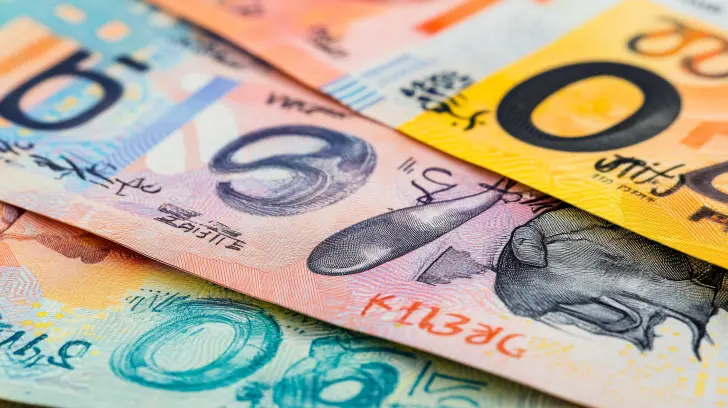In New York, the U.S. dollar strengthened on Wednesday, bouncing back from a 14-month low against the euro amid fluctuating market conditions. Despite this recovery, investors are maintaining expectations that the Federal Reserve will implement another substantial interest rate cut in November, as concerns about weakening U.S. labor market optimism persist.
Meanwhile, China’s yuan weakened as skepticism grew over the effectiveness of the country’s latest round of economic stimulus measures. Initial market enthusiasm over the stimulus has since faded, with many seeing the earlier rally as exaggerated.
On Tuesday, the U.S. dollar saw a sharp decline following data showing the steepest drop in U.S. consumer confidence in three years, largely driven by increasing worries about the labor market.
“The reduction in the labor market differential, which reflects demand and supply conditions, presents a concerning signal for the U.S. economy,” noted Karl Schamotta, Chief Market Strategist at Corpay in Toronto.
Schamotta added that market participants are interpreting the data as increasing the likelihood that the Federal Reserve will enact a significant rate cut at its upcoming November meeting. Current odds reflect a 59% chance of a 50-basis point reduction, up from 37% the previous week, according to the CME Group’s FedWatch Tool.
The Fed recently made a larger-than-expected half-percentage-point cut, a move that Fed Chair Jerome Powell described as part of the central bank’s commitment to maintaining low unemployment as inflationary pressures ease.
Data released Wednesday showed that new U.S. single-family home sales in August declined less than anticipated.
This week’s economic highlight will be Friday’s release of the Personal Consumption Expenditures (PCE) index for August.
The euro, which hit a high of $1.1214 earlier in the day, eventually fell by 0.41% to $1.1134. Meanwhile, the dollar index climbed 0.68% to 100.91 after hitting a low of 100.21, its weakest level since July. The greenback also gained 1.03% against the Japanese yen, reaching 144.75, its highest since early September.
China’s economic stimulus initially boosted the euro due to the perception that a stronger Chinese economy could positively impact Europe, especially Germany, according to Jane Foley, Senior Forex Strategist at Rabobank.
Despite concerns over weak German data and France’s budget deficit, the euro has remained resilient against the dollar this week.
The Chinese yuan, after initially benefiting from the central bank’s stimulus measures, fell back. The dollar was up 0.33% to 7.033 yuan in offshore trading after the Chinese currency had reached 6.9952, its strongest level since May.
Investors have grown cautious about the broader impact of China’s economic stimulus, with some emerging market currencies also retreating after their initial gains.
“We’re seeing risk-sensitive assets pull back as investors question whether the announced stimulus measures will be sufficient to boost real economic growth,” Schamotta said.
The Australian dollar, often seen as a proxy for the yuan, also declined due to cooling inflation. Australian consumer prices dropped to a three-year low in August, with core inflation hitting its lowest level since early 2022. The Aussie was last down 0.99% at $0.6823, having earlier hit $0.6908, its highest since February.
In the cryptocurrency market, Bitcoin fell 1.41%, trading at $63,324.

